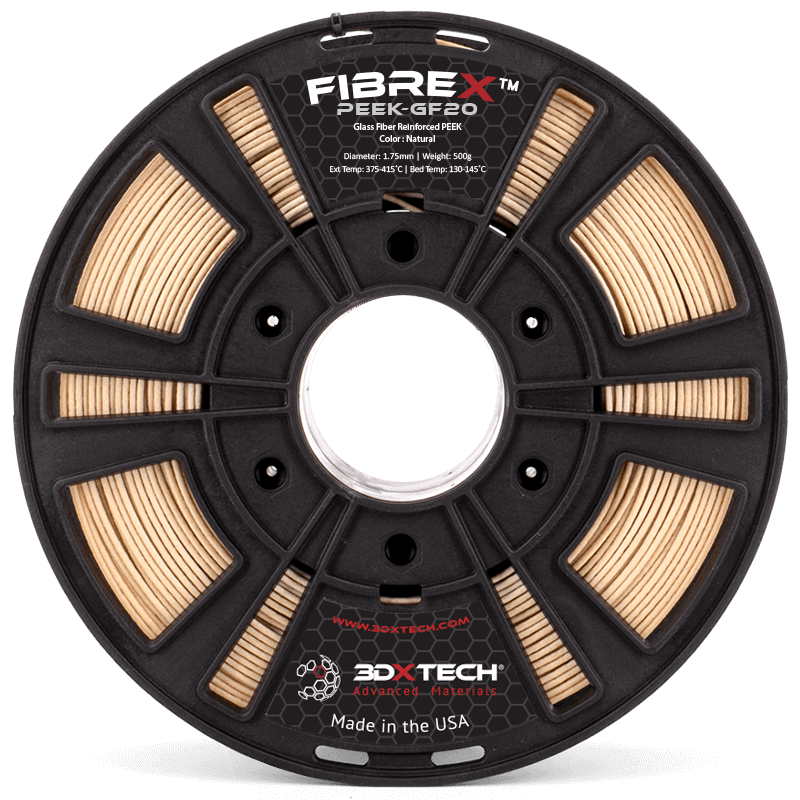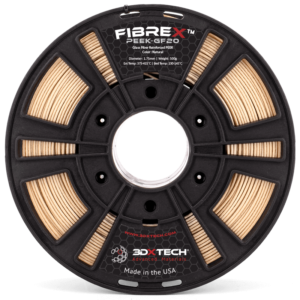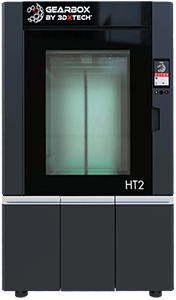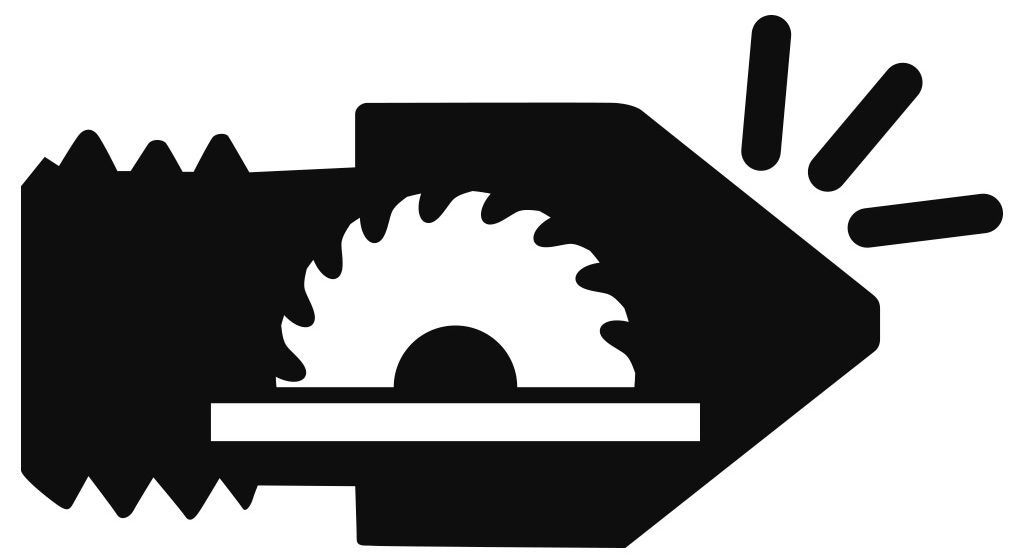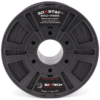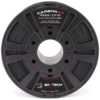FibreX PEEK+GF20
$225.00 – $695.00
FibreX™ PEEK+GF20 glass fiber reinforced PEEK [Polyether Ether Ketone] delivers the highest thermo-mechanical properties in our portfolio. This material boasts an industry-leading heat distortion temperature [HDT] of 310°C and is complimented by PEEK’s exceptional mechanical and chemical resistance properties. This material is hands-down a game changer for filament-based 3D printing.
FibreX™ PEEK+GF20 Glass Fiber Reinforced PEEK 3D Printer Filament
FibreX™ PEEK+GF20 (PolyEtherEtherKetone) is one of the highest-performance polymers in world. In fact, it’s one of the highest-performance plastics ever invented. Now reinforced 20% with glass fibers, PEEK+GF20 has exceptional mechanical, thermal, and chemical resistance properties along with its low warp, increased stiffness, and improved dimensional stability. PEEK+G20 is a go-to material in some of the most demanding applications where failure is not an option.
Gearbox HT2™ 3D Printer: Print industrial-grade parts using our PEEK+GF20 and more with the new Gearbox™ HT2 High-Temp 3D Printer.
Print Recommendations
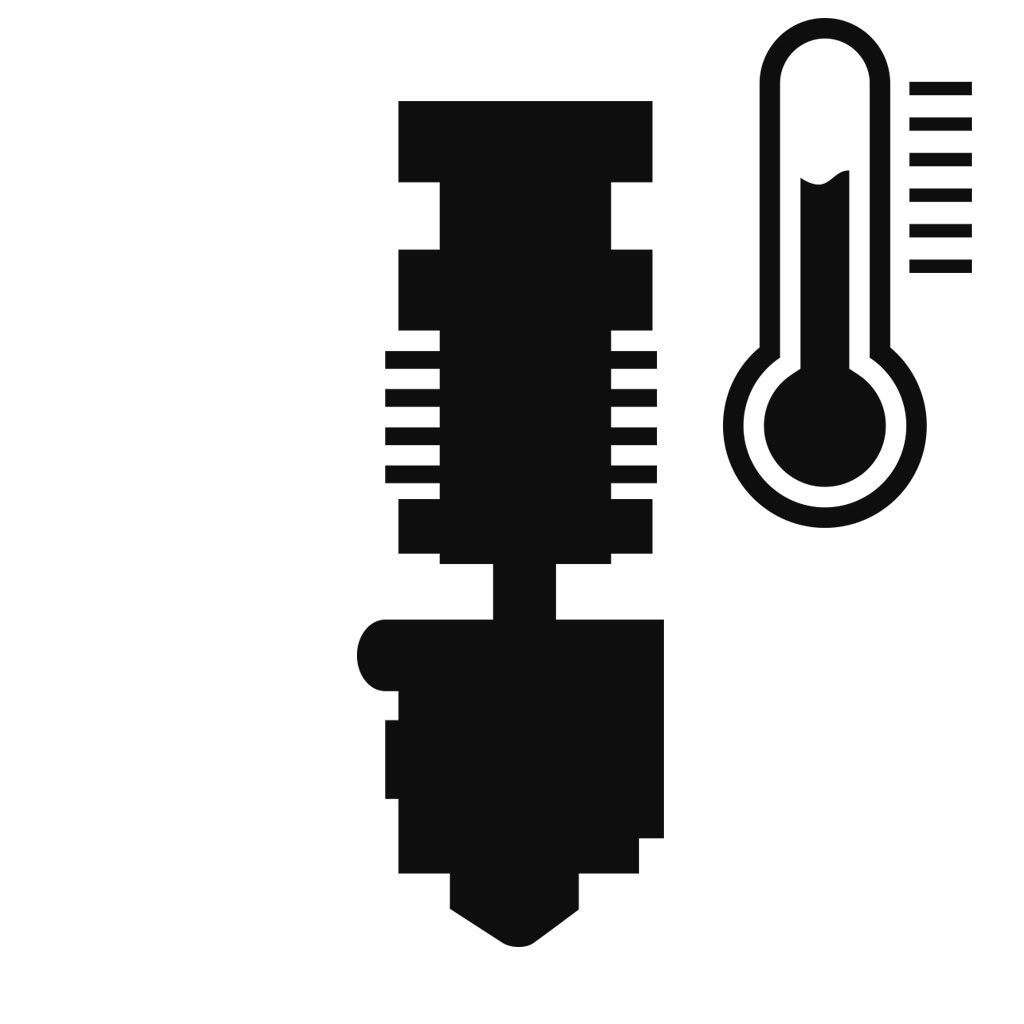
Extruder Temp
375-410°C
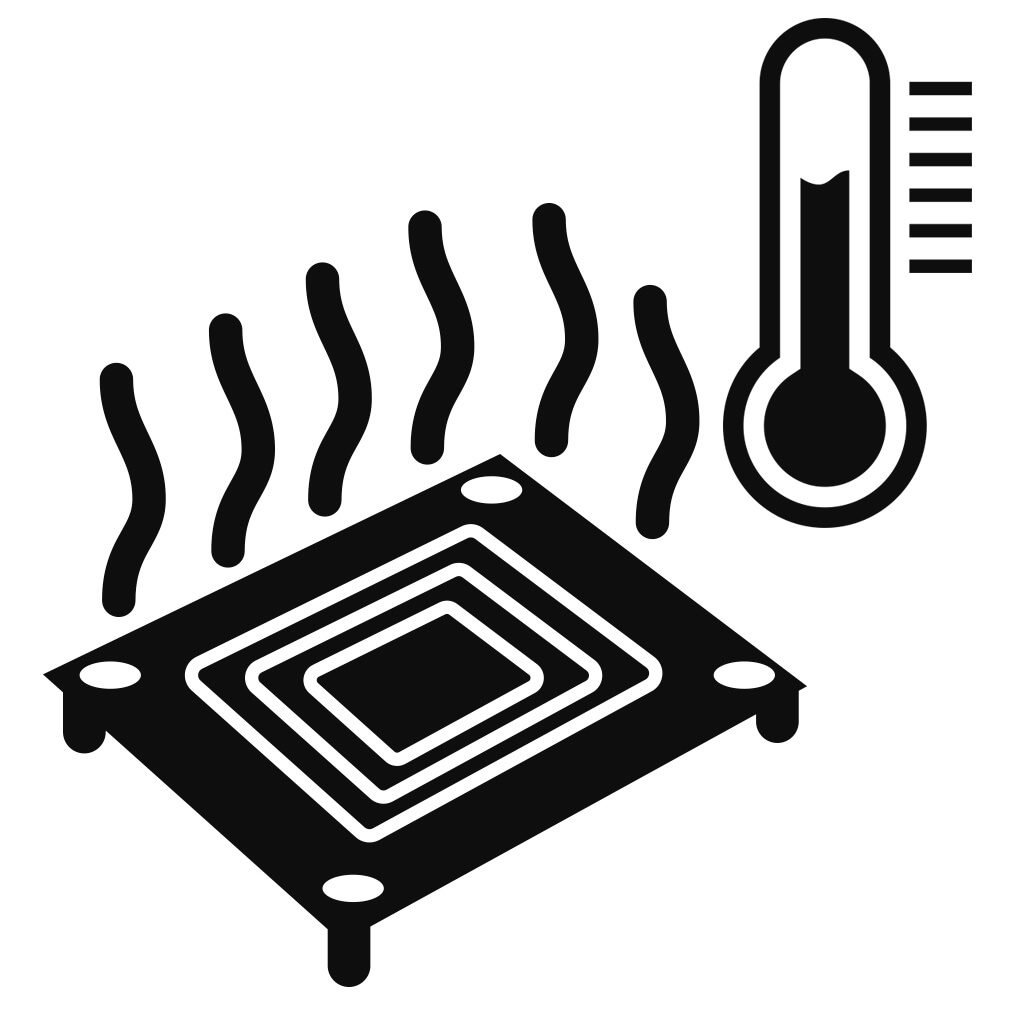
Bed Temp
130-145°C
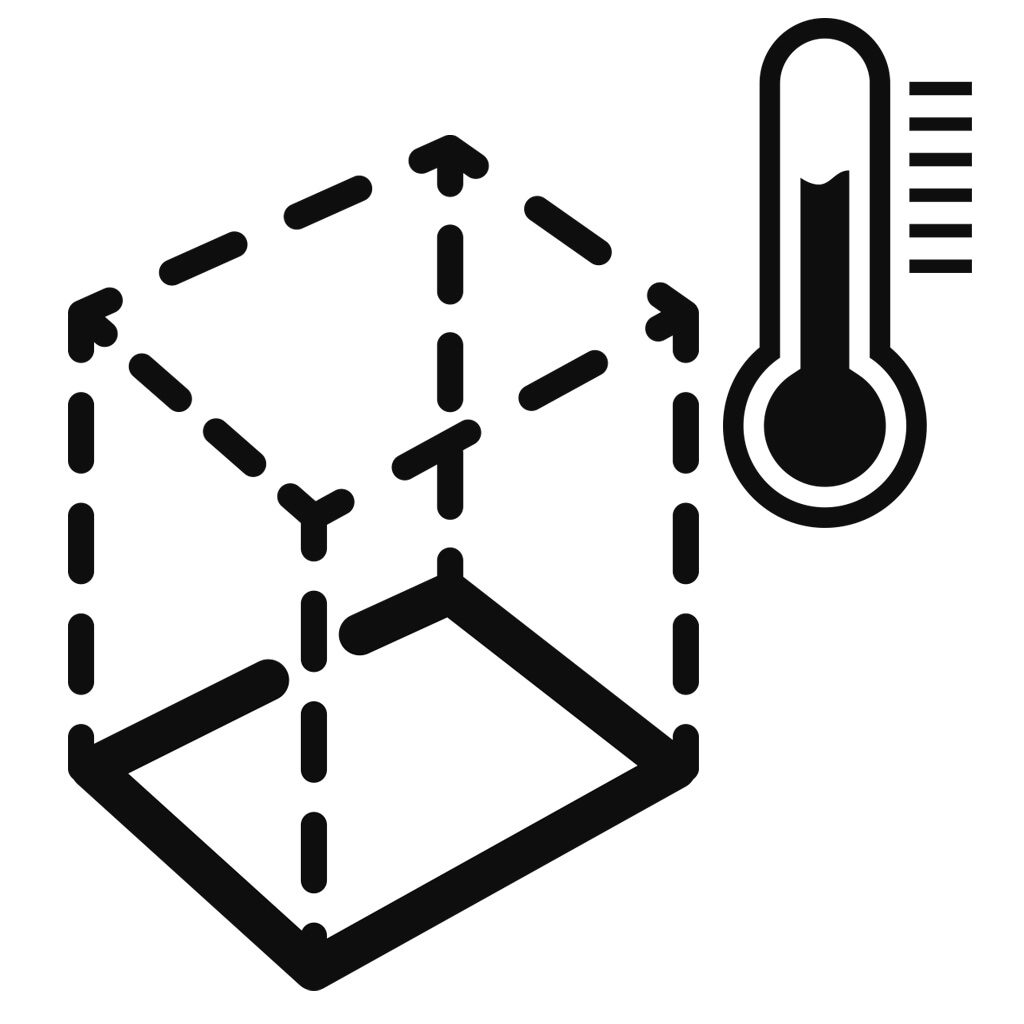
Heated Chamber
Recommended
70-140°C if possible
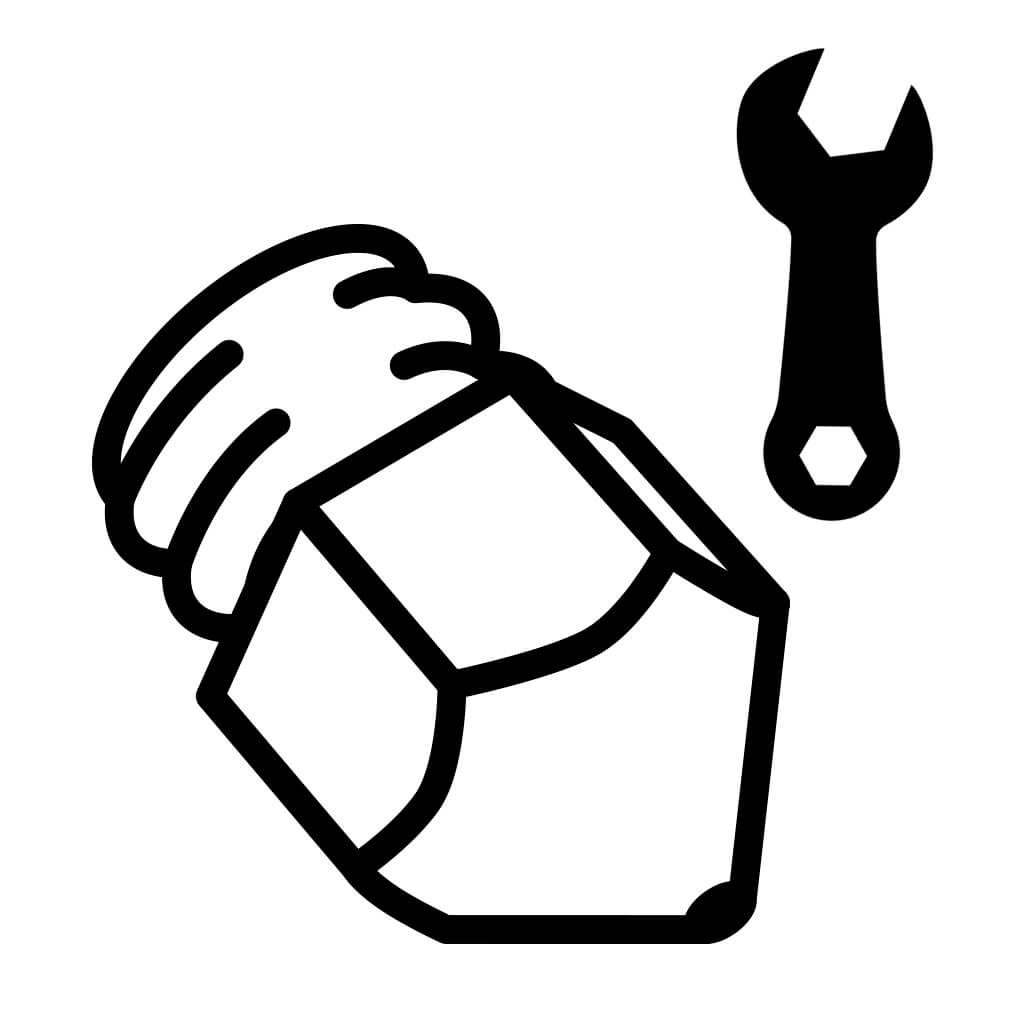
Nozzle Specs
0.4mm diameter minimum
Hardened Steel Nozzle
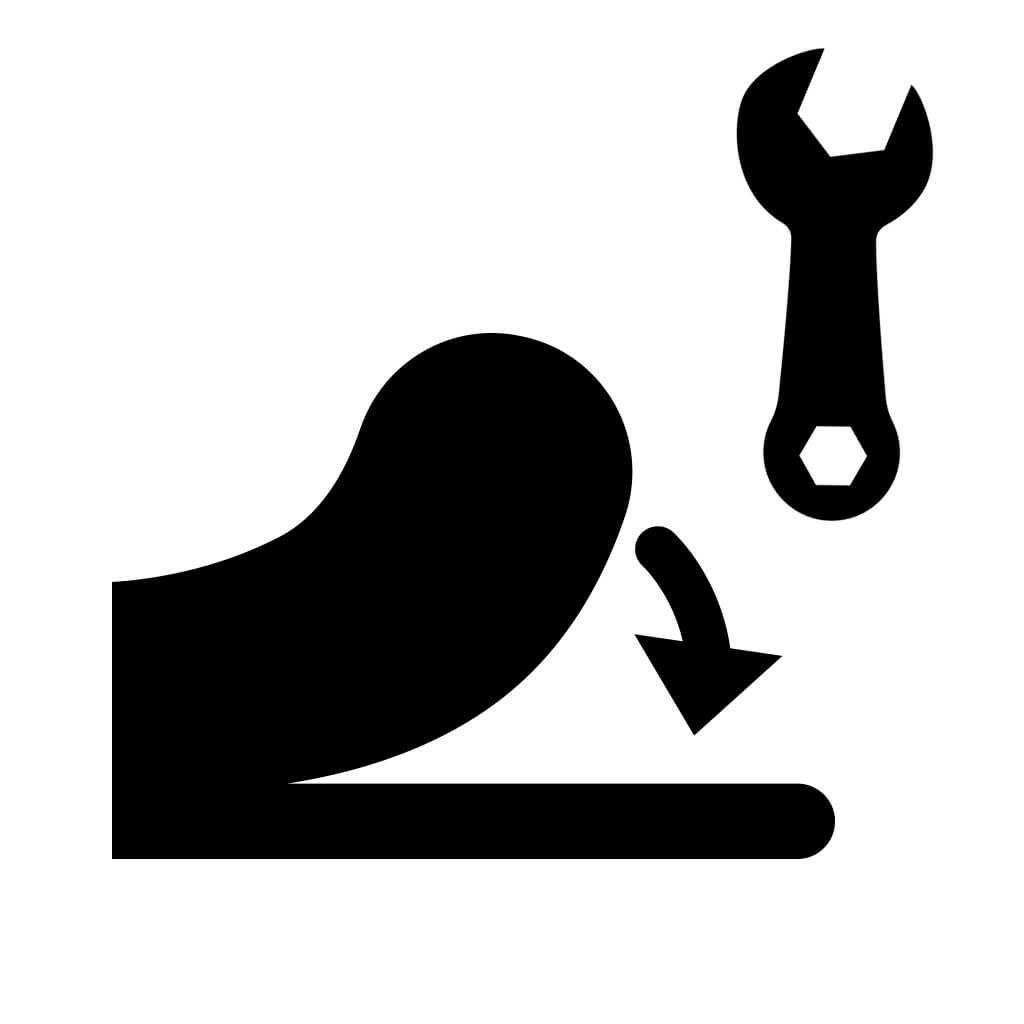
Bed Adhesion
Nano Polymer Adhesive
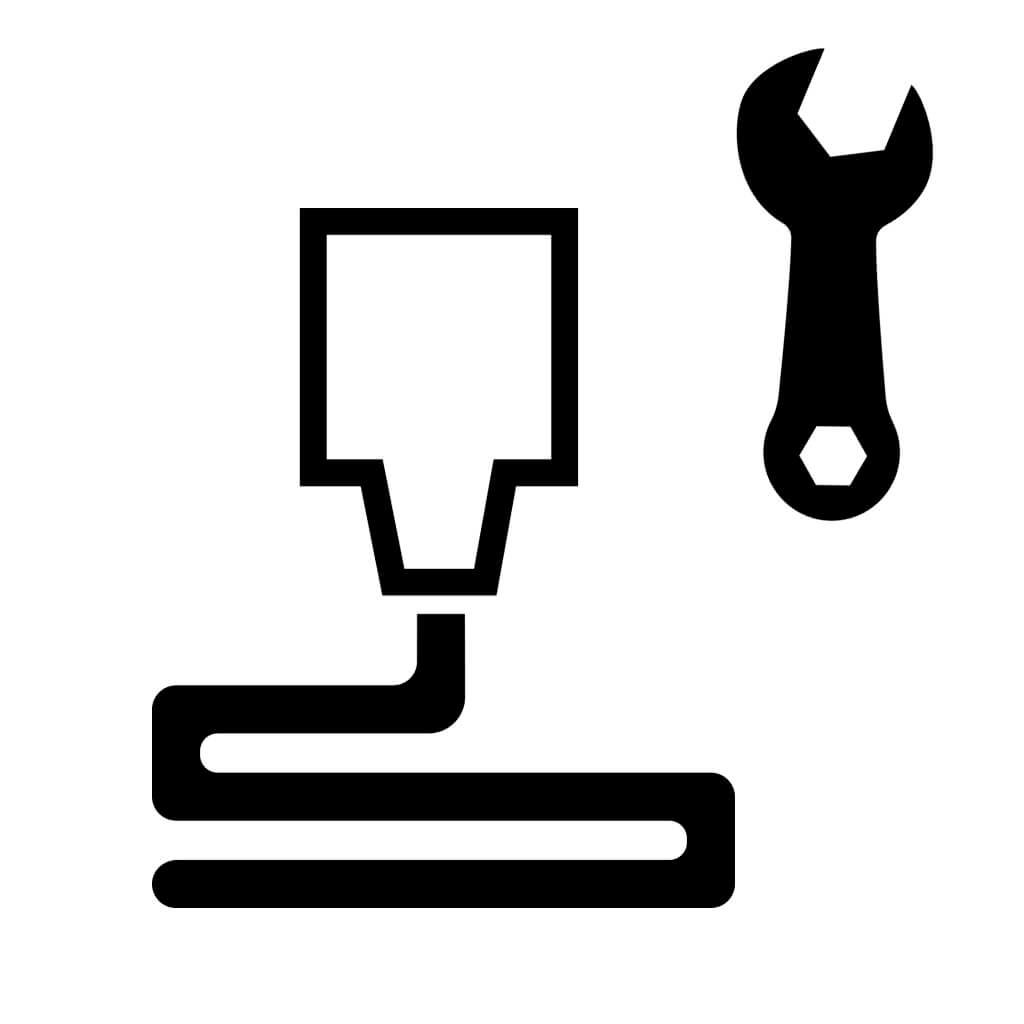
Layer Height
0.25mm or higher
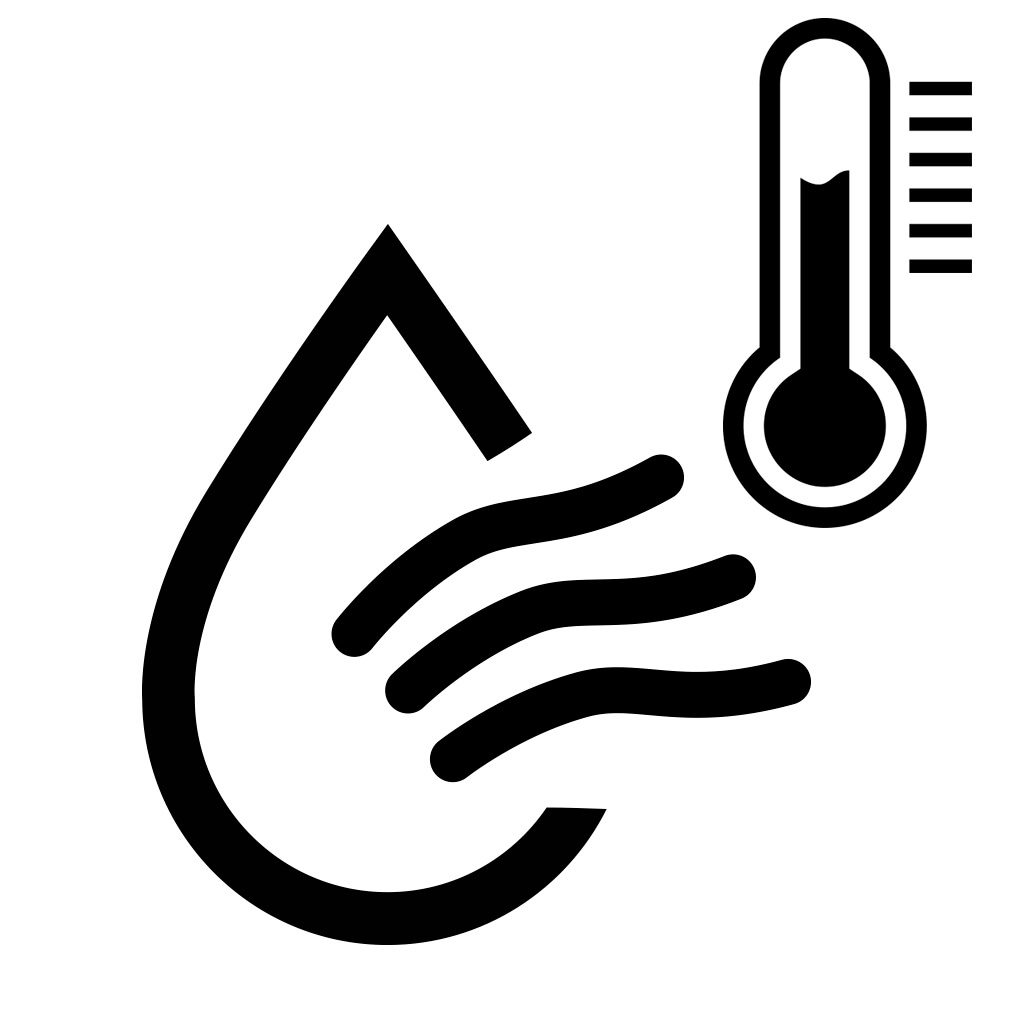
Drying Specs
120°C for 4 hours
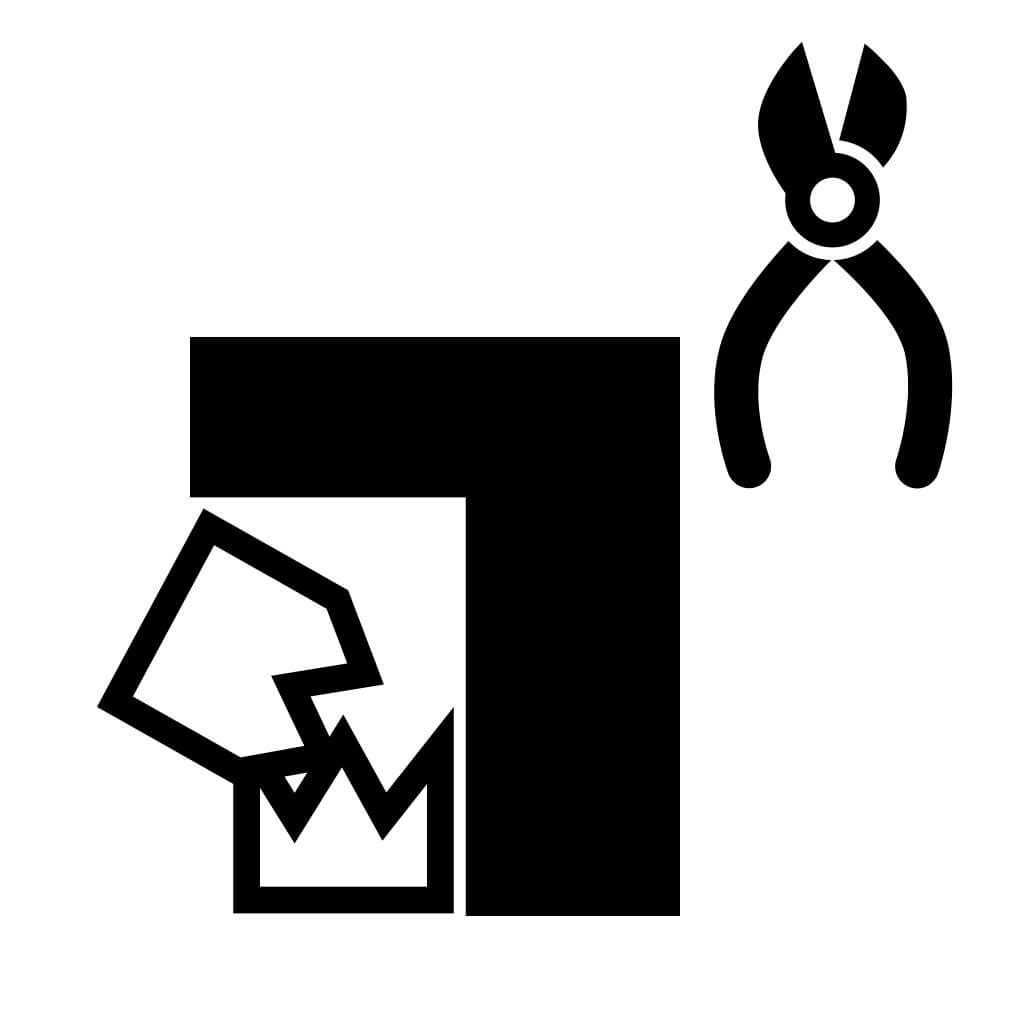
Supports
Break-Away Support
Benefits of PEEK+GF20 Include:
- Inherently flame resistant and self-extinguishing
- Long-term hydrolytic stability even above 250°C
- Outstanding resistance to a broad range of chemicals, including automotive fluids, fully halogenated hydrocarbons, alcohols, and aqueous solutions
- Low smoke and toxic gas emissions
- Excellent dimensional stability with low heat creep, low and uniform coefficient of thermal expansion, giving PEEK highly reproducible part-to-part dimensions
- High thermal properties with a Tg of 143°C, CUT of 260°C, and Tm of 343
Typical PEEK+GF20 Applications Include:
- Seals, Gears, Bushings, Bearings, Pump and Compressor Components
- Industries Served: Auto, Aerospace, Defense, Semi-conductor, Oil & Gas
Filament Specifications:
1.75mm and 2.85mm +/- 0.05mm in diameter
Recommended Print Settings:
- Extruder: 375-410°C
- Bed Temp: 130-145°C
- Nozzle: We highly recommend a hardened steel nozzle with a minimum diameter of 0.4mm for abrasive materials such as this
- Other: Ideal layer height is 60% of nozzle diameter. We do not recommend printing layers smaller than 0.2mm with abrasive filaments
- Bed Prep: Nano Polymer Adhesive gives us the best results
- Heated Chamber: Recommended, an enclosure helps reduce warping and improves print success. 70-140°C if at all possible
- Supports: ThermaX™ HTS High-Temp Support is designed to work with complex, high-temp materials just like this
- Drying Instructions: 120°C for 4 hours
Glass Fiber Reinforced Filament
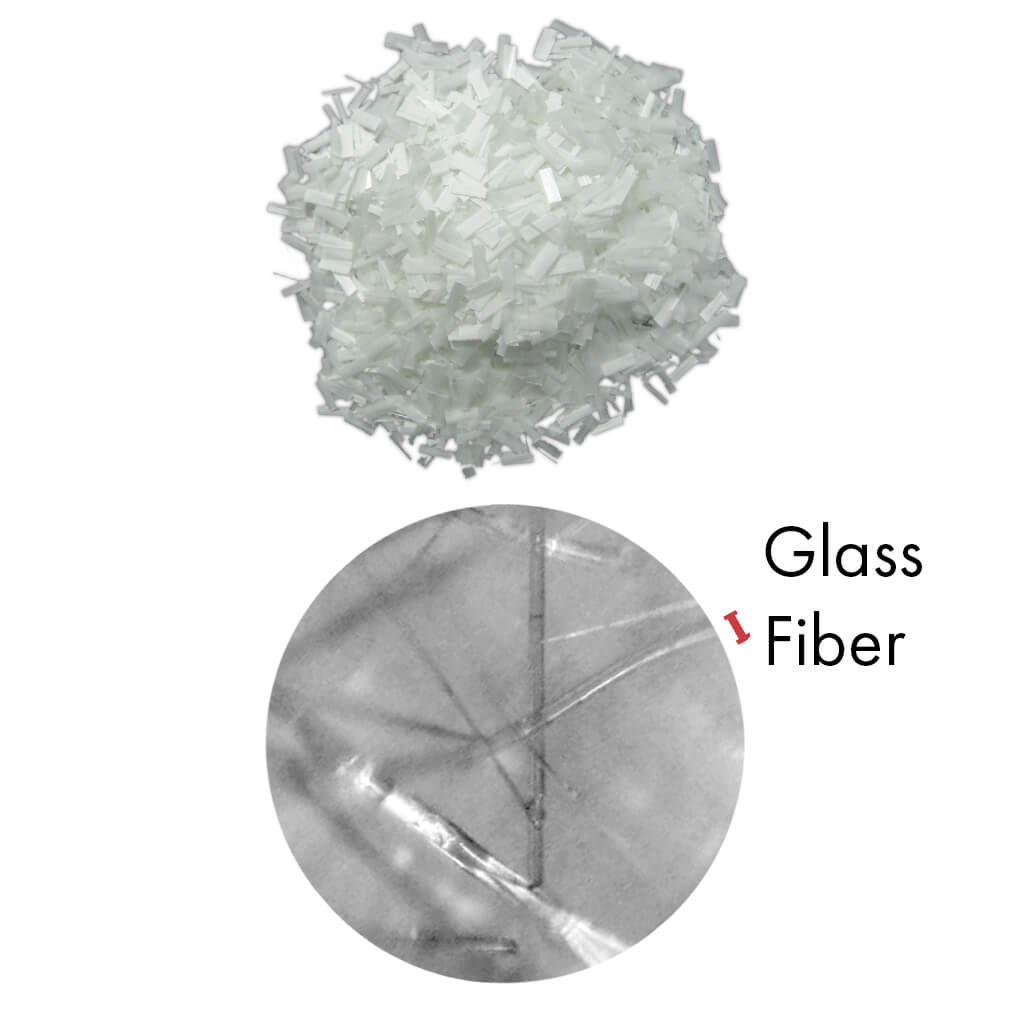
What Is It?
Fibers made of glass reinforced into the polymer during manufacturing and aligned along the axis of filament.
This, along with their physical makeup, give this material enormous strength and mechanical properties.

What Does It Do?
Glass fiber reinforcement gives material a lot of desirable properties:
- High strength
- High stiffness
- High chemical resistance
- Low thermal expansion
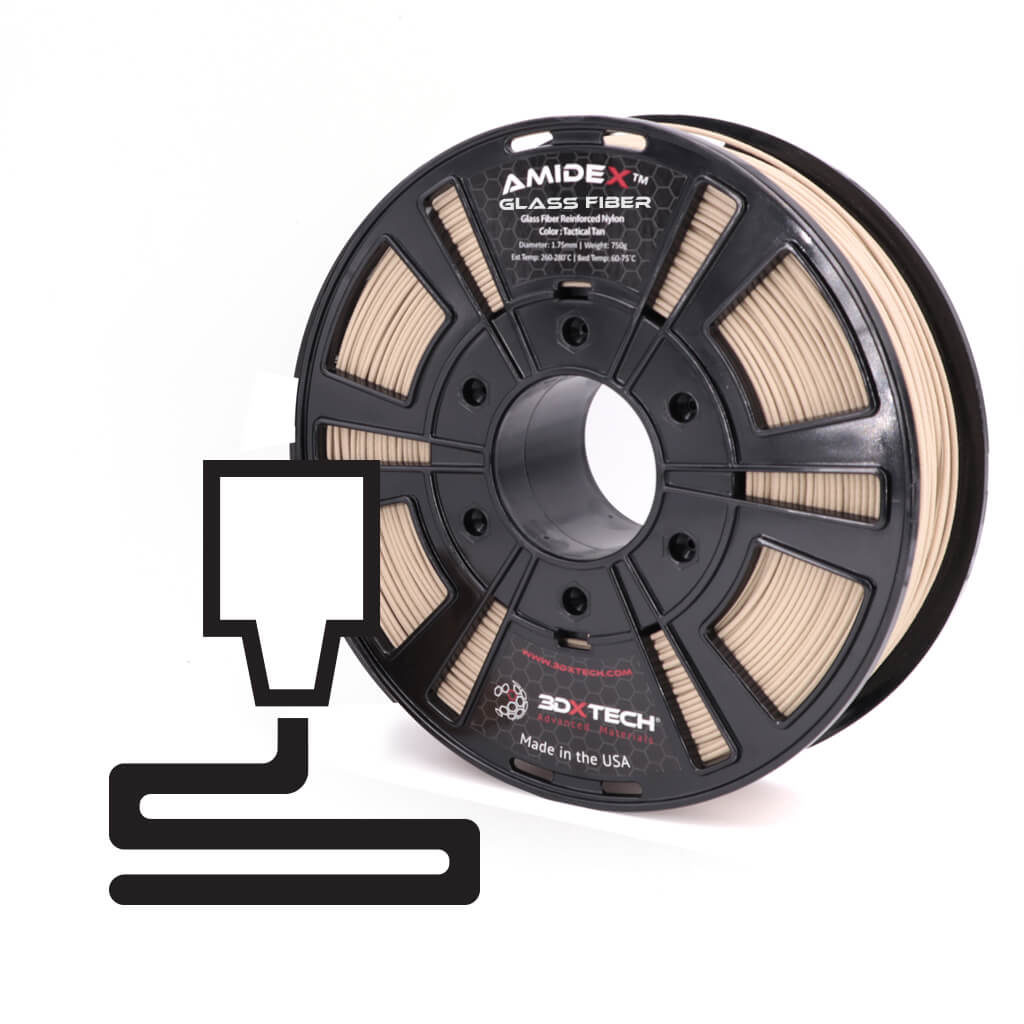
How Does It Work?
Reinforcing plastic with glass fibers produces a 3D printing filament which exhibits the best properties of both fiberglass and the plastic of choice.
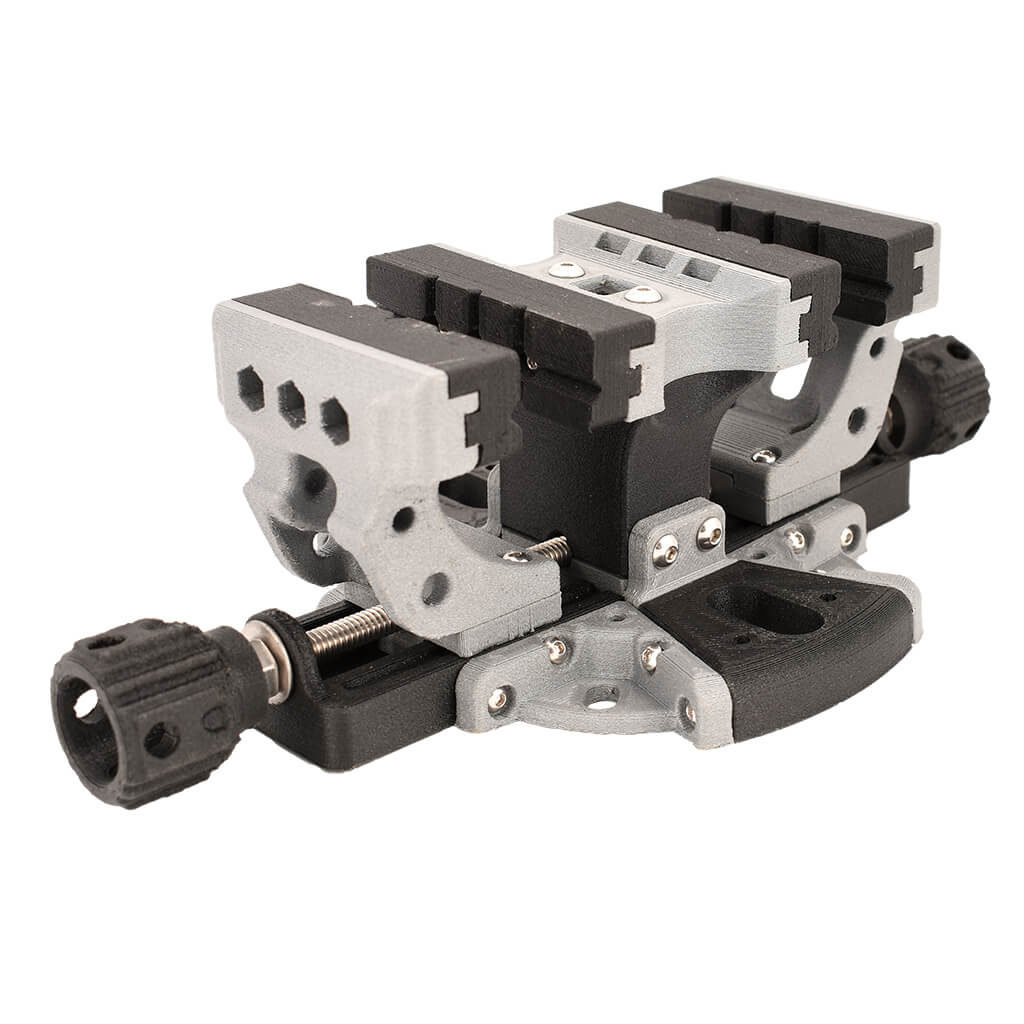
What Is It Good For?
Ideal for any applications which require strength and rigidity.
For these reasons, glass fiber reinforced filament is very popular in automotive, mechanical, civil engineering, and research industries.
Abrasive Material
This material is particularly abrasive among 3D printing filaments. Users may find standard brass nozzles are chewed through very quickly compared to standard wear and tear. When worn through, the nozzle diameter will widen inconsistently and the printer will experience extrusion issues.
Because of this, it's strongly recommended this material be printed through a hardened steel nozzle rather than a softer metal. Hardened steel nozzles can often be inexpensive and easily installed depending on your printer manufacturer's instructions.
Questions?
Send us a message and we'll reach out as soon as we can!

